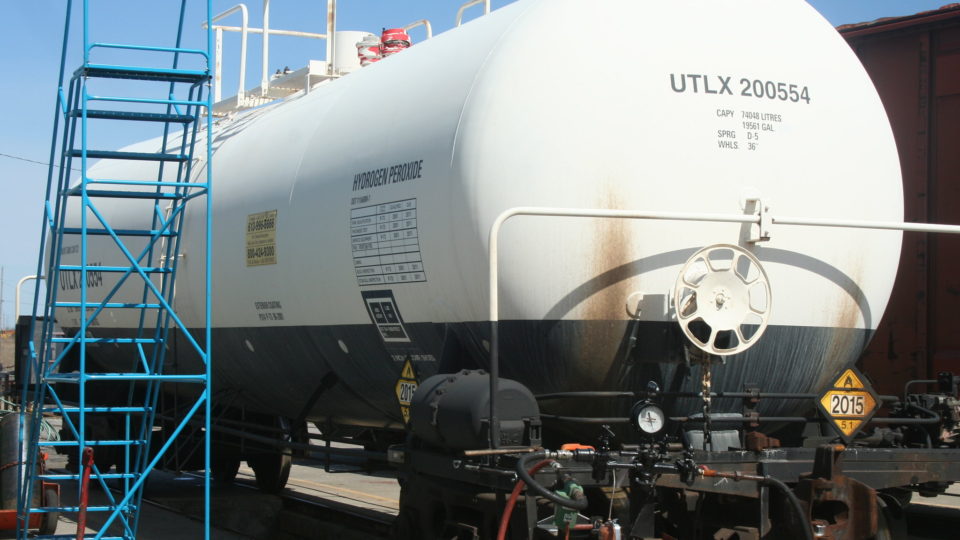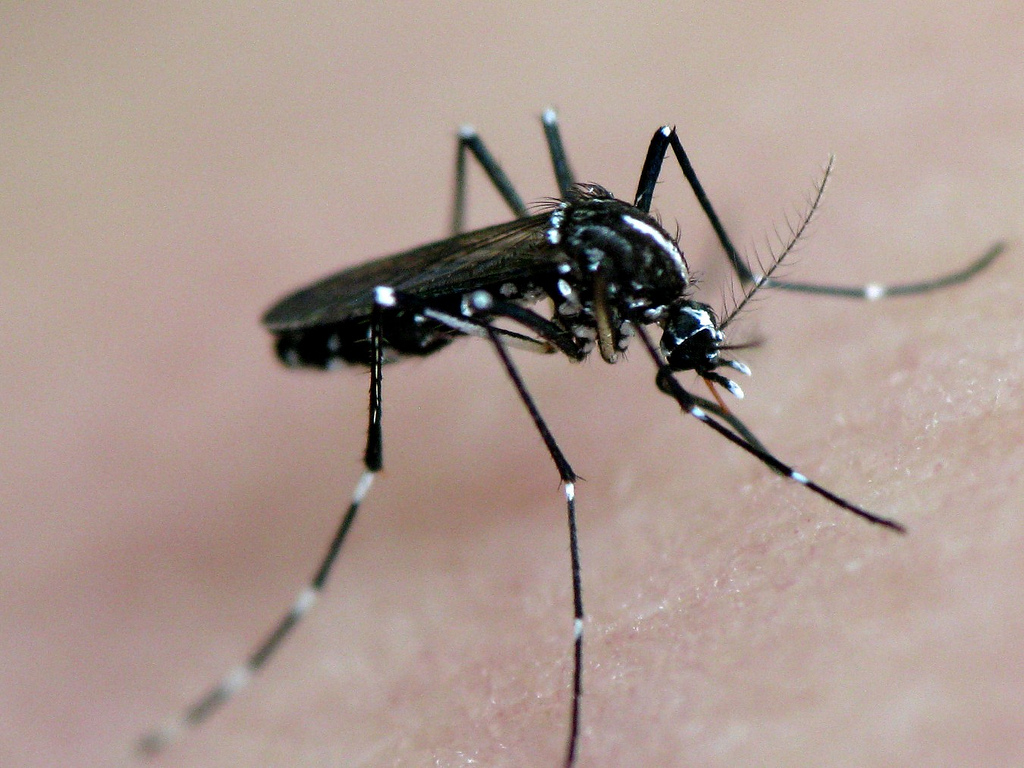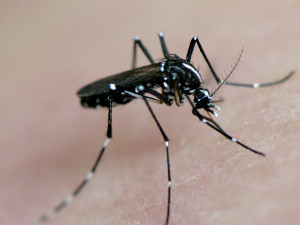We don’t think about hydrogen peroxide very often. Perhaps we have a bottle of it under our bathroom sink that we haven’t touched in a few years. But it is an important product manufactured in the millions of tons each year and the basis of a $6 billion global business.
Hydrogen peroxide is widely used as an antiseptic, a detergent, in cosmetics, as a bleaching agent, in water purification, and in many other applications. It is produced in industrial concentrations of up to 60% in solution with water in order to maximize the economics of transportation. This makes transportation hazardous and costly because the concentrated form is unstable. Most applications use a far more diluted form.
Researchers at Rice University have developed a new method for producing hydrogen peroxide that is much simpler and safer than the current technology, which actually dates back to the 1930s. The Rice technique requires only air, water and electricity to produce the chemical. The electrosynthesis process, which is detailed in the journal Science, uses an oxidized carbon nanoparticle-based catalyst.
The process could enable point-of-use production of pure hydrogen peroxide solutions, which would eliminate the need to transport the hazardous concentrated chemical. The use of a solid electrolyte instead of the traditional liquid electrolyte eliminates the need for product separation or purification that is part of the current technology.
In the future, instead of storing containers of hydrogen peroxide, hospitals that use it as a disinfectant could turn on a spigot and get, for example a 3% solution on demand. Instead of storing chemicals to disinfect swimming pool water, future homeowners could flick a switch and turn on their peroxide reactor to clean their pools.
**********
Web Links
Water + air + electricity = hydrogen peroxide
Photo, posted April 19, 2009, courtesy of Robert Taylor via Flickr.
Earth Wise is a production of WAMC Northeast Public Radio.


